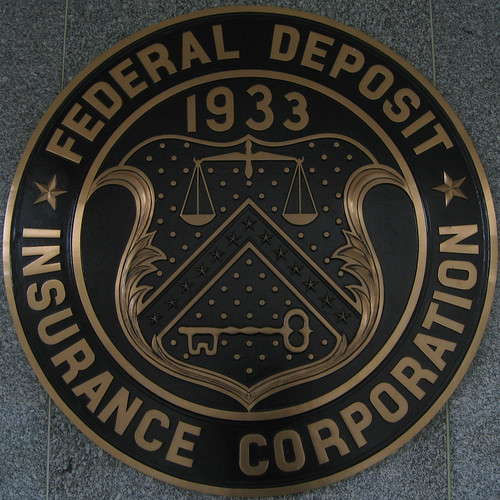 SCToday | FDIC weighs extraordinary steps, including loans from banks, to shore up insurance fund. The Federal Deposit Insurance Corp. is weighing several costly - and never-before-used - options as it struggles to shore up the dwindling fund that insures bank deposits.
SCToday | FDIC weighs extraordinary steps, including loans from banks, to shore up insurance fund. The Federal Deposit Insurance Corp. is weighing several costly - and never-before-used - options as it struggles to shore up the dwindling fund that insures bank deposits.The agency is considering borrowing billions from healthy banks. Alternatively, it may impose a special fee on the banking industry.
Each option carries risk: Drawing money from healthy banks would take dollars out of the private sector, making that money unavailable for investment in the weak economy. But charging the whole industry a fee to replenish the fund could push weaker banks toward failure.
A third option - borrowing from the Treasury - is politically unpalatable, since it would resemble another taxpayer-financed bailout.
A fourth option would be to have banks pay their regular insurance premiums early. But this idea wouldn't solve the fund's long-term cash needs.
"The bottom line is, there's no good solution," said Jaret Seiberg, an analyst with the research firm Concept Capital. "This is a fight over which option is least bad."
The FDIC is expected to propose a solution, possibly combining two or more of the options, at a board meeting next week.
Bank failures since the financial crisis struck have drained the fund to its lowest level since 1992, at the peak of the savings-and-loan crisis. The fund insures deposit bank accounts of up to $250,000.


0 comments:
Post a Comment